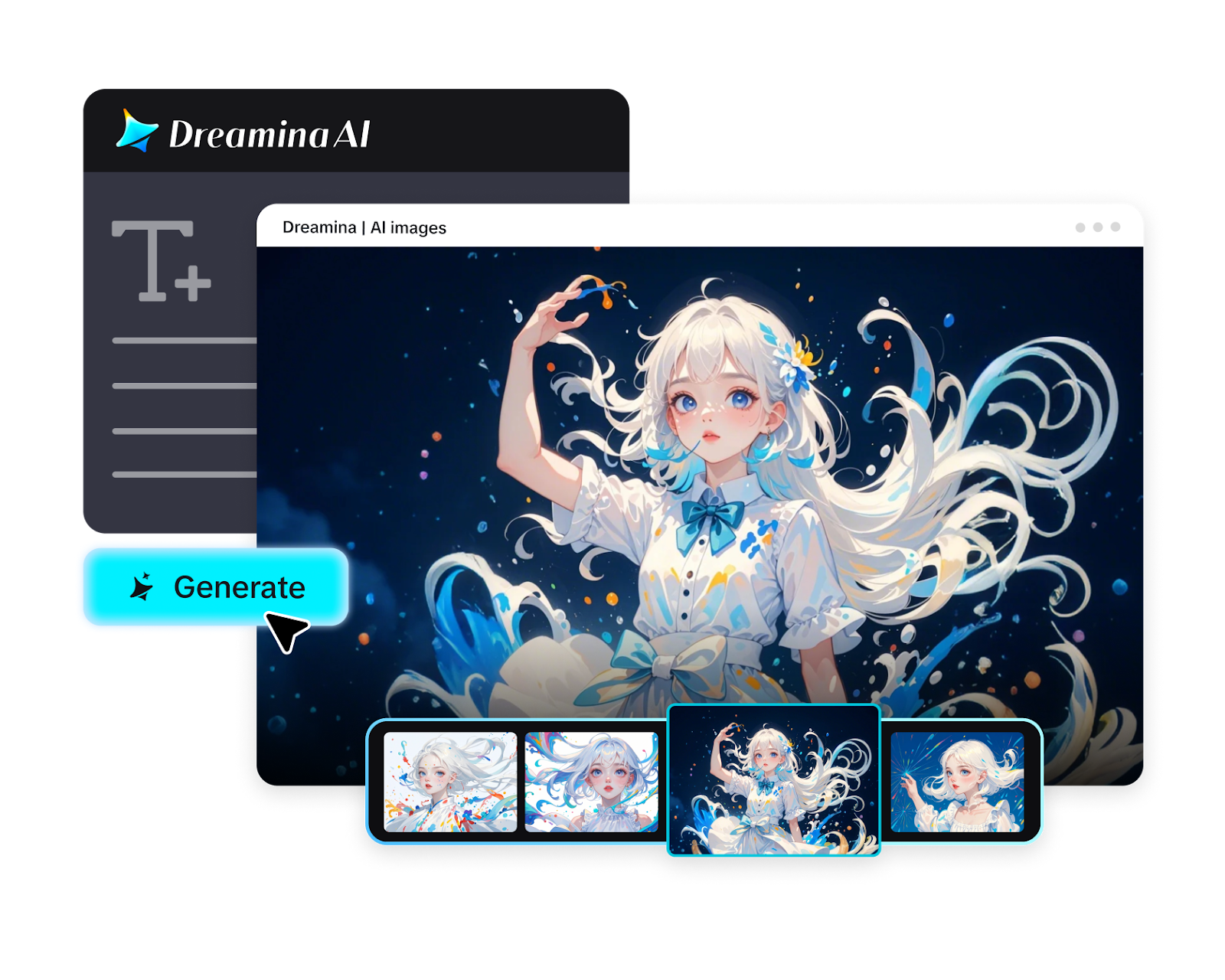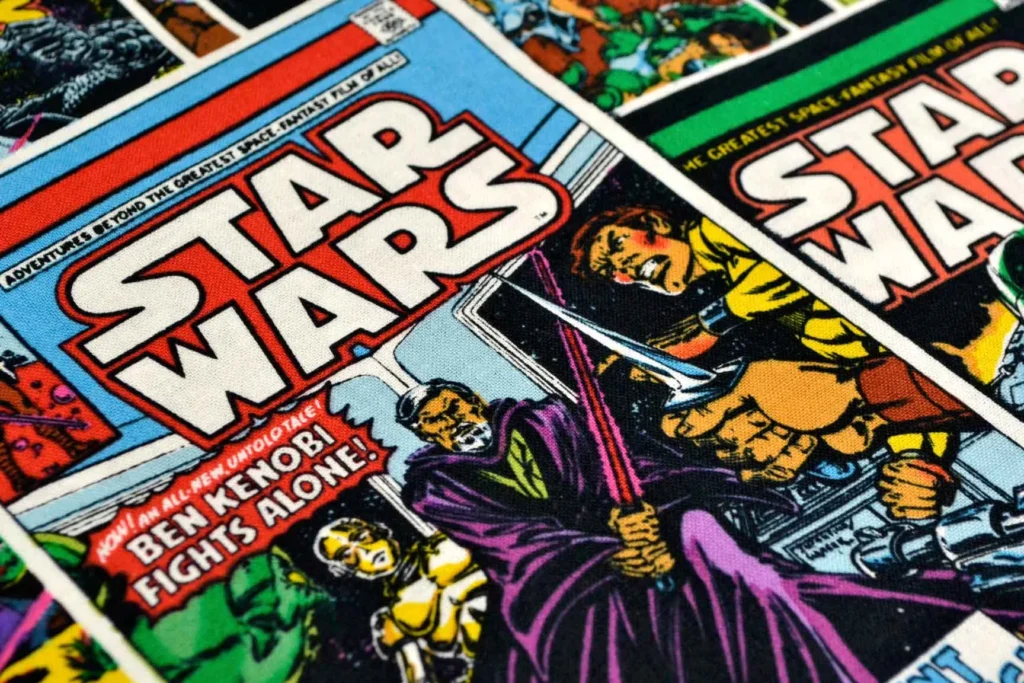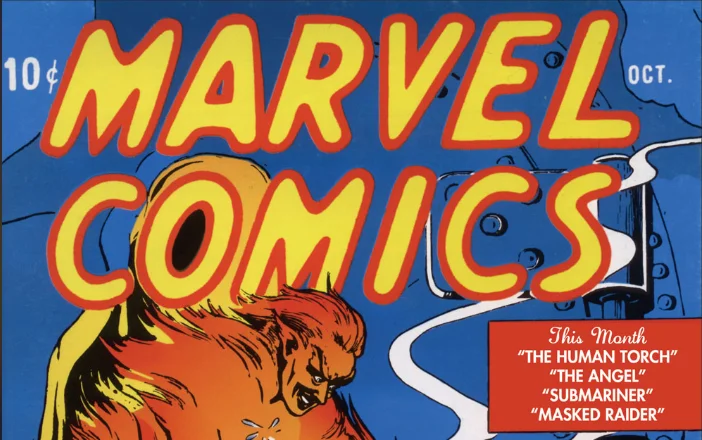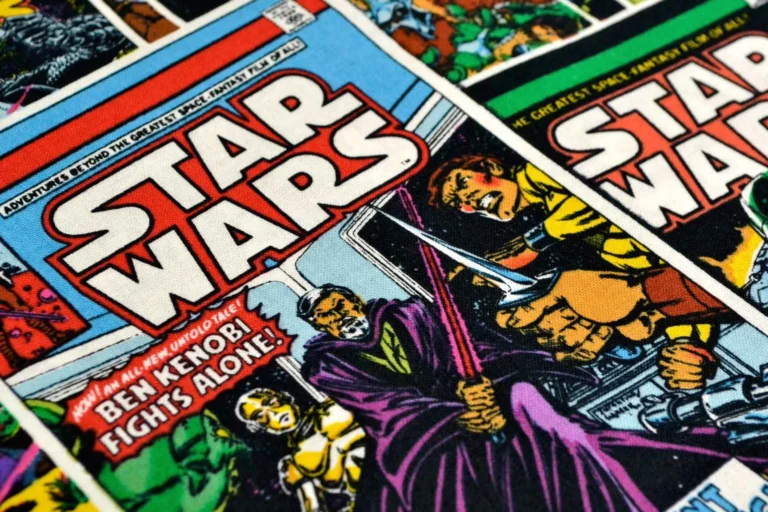The advent of AI and its many applications have changed the world of creativity and artistry as we know it. The realm of comic books and graphic novels stands at the intersection of text and illustration, so naturally, it is transforming due to technologies such as AI Image Generator. These tools are already changing the fabrication of images, letting one effortlessly churn out quality work in a short time. Independent creators, marketers, and even comic book lovers now have the tools to bring their visions to life more easily.

The Benefits and Drawbacks of AI in Comic Creation
The implementation of AI tools can be seen in the advancement of comic book image generation. Unlike people, these tools can swiftly produce character creations, city layouts, entire cities, landscapes, and any other relevant image that would otherwise need a strong investment of time and effort. Authors and illustrators can now create scenes and modify them without having to overhaul the entire design repeatedly.
This benefit, however, does not come without consequences. Each advancement in AI technology brings about greater concern regarding the use of AI in generating illustrations for books in place of talented illustrators. Such repercussions will further include a decline in freelance opportunities and a reduced valuing of the abilities gained through years of experience.
Does Creativity Get Enhanced, or does Originality get outshined?
Creating art digitally can be made easier using the right tools, and that is exactly the case for comic book creators, where AI has simplified creating new works. A user can simply type in a prompt and get numerous designs that would take hours to come up with in the sport of brainstorming. For example, creating the prompt “cyberpunk Samurai in neon Tokyo” would result in multiple scenes helping the artist visualise the world long before the actual drawing begins.
On the other hand, the weak point is that the more creators use AI tools, the more the art gets the risk of homogenisation. Given that most image-generating AI tools operate utilising a database of preexisting images, there is a chance that the visual tropes being reused will be oversimplified to the point where the comics will lose their distinguishing features. The personality and character that dedicated craftspeople imbue in their artwork—the subtle details, flaws, and emotional imprint—are elements yet to be replicated by AI.
The Blurred Boundaries of Ethics and the Law
The other significant problem is copyright law. Multiple images on the internet, including copyrighted artwork, are used to train AI models. This poses issues of originality and fair use. If an AI image looks like a famous character or an established work of art, who owns the rights? The Copyright user? The AI Developer? The Artist?
Comic book creators already struggle with finding effective ways to protect their artwork from being pirated. With the technologies available today, issues have escalated due to the introduction of AI. Without appropriate legislation, there are countless exploitive ways to use AI art against artists that are either copied directly or indirectly through datasets.
How Artists Can Successfully Survive and Embrace Changes
For traditional artists, the pending doom of AI is of much concern despite their implementation of it in their work. In reality, many professionals have integrated AI into their workflows to enhance productivity. Rather than annihilating artists, AI serves as a creative emissary that aids in every aspect of designing, from reference generation to lighting studies, colour palettes, and background designs.
This integration of AI calls for a different skill set. Artists who know how to prompt AI tools and seamlessly integrate such outputs into their work processes stand to gain a lot. AI, in this case, is more like a collaborator than a competitor.
AI-Assisted: A New Kind of Comics
With the continuous development of AI, too, we may see the emergence of an entirely new genre: AI-assisted comics. These comics could uniquely blend human imagination and storytelling with the machine’s ability to create dynamic images, resulting in entirely new forms of artwork. This would allow for new techniques, quicker production, and even user-driven comics where readers take control of the comic direction.
In Closing: The Evolution of Comic Book Art
The development of comic book art is powered by AI image generators such as the AI Logo Generator and the AI Image Generator. For comic book artists, the challenge of creation is figuring out how to embrace change. The use of the tools can enhance creativity and provide greater opportunities for exploration, but they must be used responsibly.
Comic art is evolving from pencil drawings to digital forms, and with the integration of AI, there may be a new phase in its evolution. The emotional empathy, narrative complexity, and sociocultural understanding that human beings imbue into their creations will continue to be unmatched, no matter how strategic the technology becomes.



